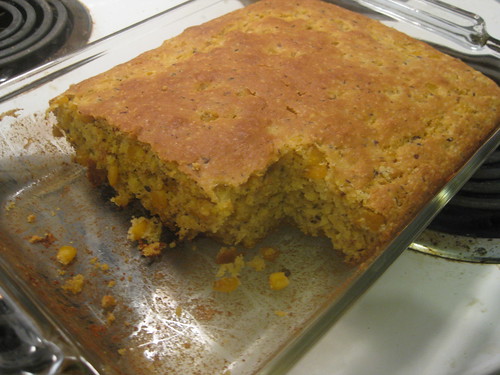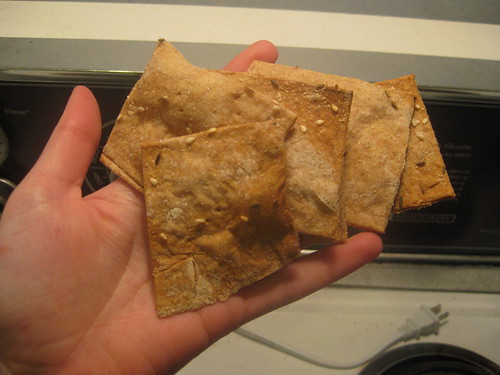So as all reasonable people know, raisins are absolutely revolting. However, it appears that no reasonable people make granola on a commercial scale, because every single kind of granola available in my two local grocery stores and indeed every commercially available box of granola I have ever seen is infested with these withered monstrosities. So, short of picking through every box of muesli/granola before consumption to get all the raisins out (which I have done many times before), what is a granola-craving girl to do?
Well considering that it's term paper time, and I am willing to go to any lengths to avoid reading for or writing said term papers (except going to the laundromat), I of course decided to make some reasonable-people granola. Some graZola.
Rule number one of graZola is, of course, no raisins. If you came here looking for some kind of disgusting sultana-fest, you are going to be disappointed. There are plenty of other sites for people like you, but this recipe is reserved for those of us who like our grapes un-shriveled. So other than rule number one, graZola is pretty much a free-for-all. Use whatever you like. Don't use whatever you don't like. Don't bake it in the oven and make muesli (Zuesli?) instead. It's completely up to you. Below is the recipe that I made today, but I am definitely going to mix it up in the future. As long as all forms of dried grapes stay well away.
Recipe: GraZolaIf you'd rather have it muesli style, don't do the dressing/baking thing (and you can probably leave out the salt) and just have it uncooked, with milk or yogurt. Also delicious. Elizabeth is super against having chocolate in it and although I haven't tried it (yet) I don't think it would be too disgusting. Especially as a trail-mix-style snack, I really don't think a few chocolate chips or smarties would go amiss. But I guess we'll have to agree to disagree on that one.
2 cups rolled/quick/minute oats (Don't listen to people who tell you that quick oats are no good, they don't have half a bag of quick oats sitting on their kitchen table, staring them down every morning.)
2 cups mixed grain flakes (I bought a bag of such flakes in the organic aisle of my grocery store. You could use all oats or your own variety of grain flakes, as long as you make it up to about 4 cups total.)
1/2 cup seeds (flax, sunflower, sesame, etc. Optional)
3/4 cup shredded coconut
1/2 cup chopped/sliced nuts (I used sliced almonds.)
1/4 tsp salt (The recipe I used said 1 tsp but it ended up way too salty.)
1/2 cup honey/maple syrup/brown sugar syrup/golden syrup (I used mostly creamed honey with a bit of golden syrup)
2-3 tbsp boiling water
1/4 cup canola oil (or other mildly flavoured oil. Actually a few tablespoons of nut oil would work really well here)
1 tsp vanilla/other extract (I just used vanilla)
~1 cup dried fruit (NOT raisins. I used about 3/4 cup banana chips, broken up, and 1/2 cup chopped dried pineapple. I wanted to have some dried kiwi and dried papaya, but the budget would not allow it.)
- Preheat oven to 300F
- Mix the dry ingredients (not counting the dried fruit) together in a large mixing bowl.
- In a separate, small bowl, mix your preferred syrup with some boiling water until it dissolves (especially important with creamed honey). Once dissolved, add oil and vanilla extract.
- Pour the dressing onto the dry ingredients and mix it all up until it's all slightly darker and shiny. Don't leave any dry patches.
- Spread onto baking tray and bake for about 30-40 minutes, stirring every 10 minutes. It's done when it's all golden (don't let it burn).
- Let it cool on the baking tray.
- Put it into your storage container and add dried fruit. Shake it all about.
- Store upside down (so you don't use up all the good bits first and end up with just oat dust at the bottom of the container) and in the fridge to keep the oils and nuts from going rancid. This is especially important if you're keeping it around for more than about 10-14 days. You can also freeze it if you make way too much.





